Alaska Airlines was recently quoted as saying that they are now planning to keep flying the now up to quarter century old Boeing 717 fleet interisland for more than five years! That comes as somewhat of a surprise to us here, although if that is the truth, such a decision would appear to be driven solely by financial circumstances. This quote also struck us as odd given that Hawaiian Airlines previously indicated it was planning a fast approaching mid-decade decision on fleet replacement.
Read on for the passenger experience on the Boeing 717 vs the Boeing 737 MAX.
Hawaiian Airlines has long maintained its affection for the Boeing 717 interisland planes, a sentiment reiterated by the airline, its executives, and highly esteemed pilots over the years.
“From a safety stand point though, my take is all the critical components that effect safety are changed regularly, they are new. The airframe is scrupulously inspected on a regular basis. What makes them no longer economically viable is the cost of parts continue to rise over time.”
Hawaiian Airlines pilot
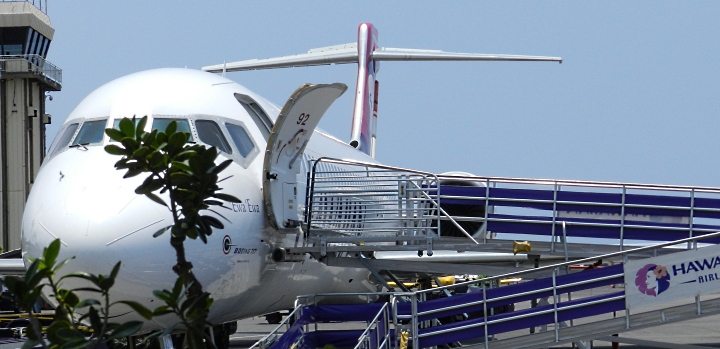

Highly reliable, safe fleet with low cost for Hawaiian over the past 25 years.
The planes have deservedly earned a reputation for high reliability and low maintenance costs. Nonetheless it is an old plane, and as such, Hawaiian and its new owner Alaska Airlines are now poised to become the only airline in the U.S. still operating this aircraft. Delta, currently the only other 717 carrier in the US, is scheduled to replace this fleet quickly, with that now planned to occur within the next 24 months.
Hawaiian’s pilot community consistently praises the reliability and performance of Douglas designed aircraft, contributing to the airline’s long-standing satisfaction with the fleet.
Despite the age of the 717 planes, Hawaiian maintains a superior reputation for safety. The airline has almost a century of flight experience with no major incidents since 1929.
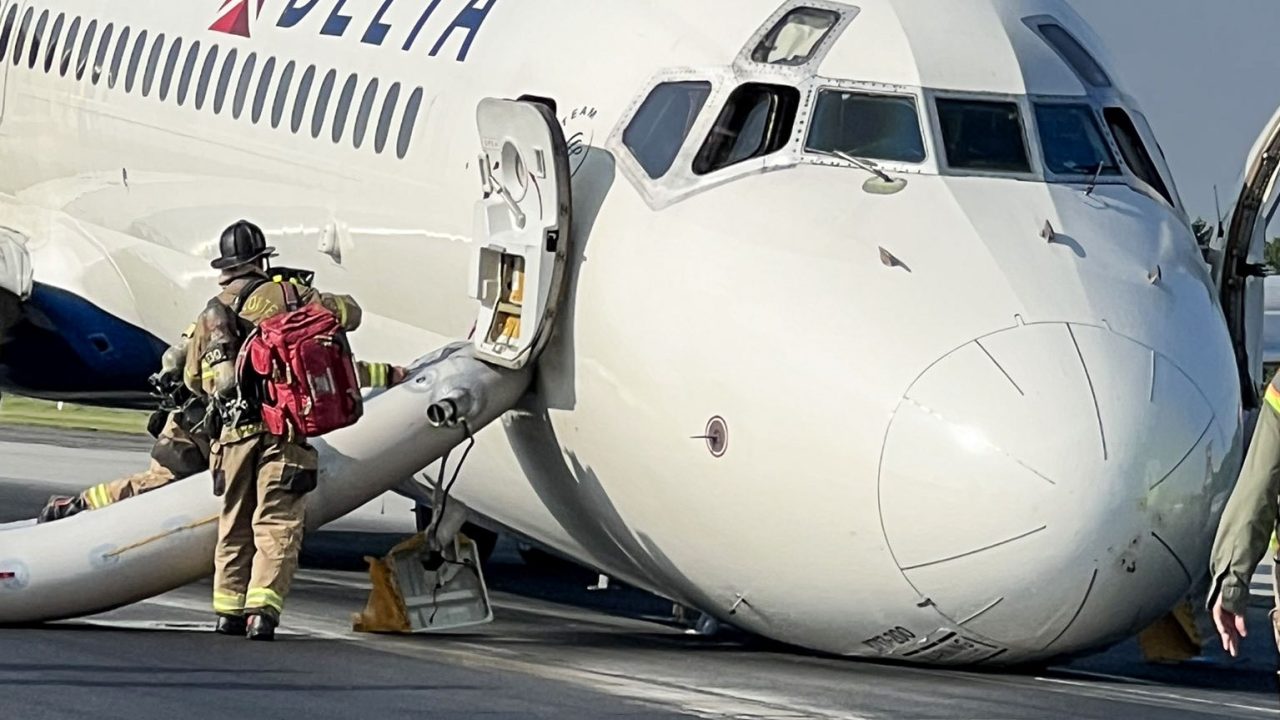

First significant Boeing 717-200 incident occurred in 2023.
The Boeing 717 is considered a safe and reliable plane. To date it has been involved in few incidents and there have been no fatalities and no hull losses associated with the plane. An incident that Delta had recently is the only major one to date.
In the Delta event this summer, their Boeing 717-200 (N955AT), aged 22 1/2 years, was en route from Atlanta to Charlotte (flight DL1092) with 104 passengers and crew. During the approach to runway 36L at CLT, the crew received an unsafe nose gear notification, prompting a go-around. Despite efforts to resolve the issue, the nose wheel problem persisted, leading to an emergency declaration and the request for standby emergency services. The aircraft executed a “low approach,” circled for another attempt, and remarkably made a successful landing without the nose gear, approximately 12 minutes after the second go-around and over 30 minutes after the initial detection of the problem. Fortunately, no injuries were reported.
Boeing 717 was the McDonnell Douglas MD-95.
This plane was not built by Boeing. Instead the aircraft underwent a re-brand to become the Boeing 717 following Boeing’s acquisition of McDonnell Douglas. Boeing did assume the marketing and manufacturing for the fleet, but the aircraft design is that of McDonnell Douglas. The 717 has played a crucial role in Hawaiian’s interisland operations for a quarter century, following its replacement of earlier generation DC-9 planes.
Alaska says that Hawaiian 717 fleet has had a “life extension.”
Alaska was quoted as stating that as a result, the planes could and would continue flying for them.
Nonetheless, aircraft flight hours and the number of take-offs and landings (cycles), are essential elements in assessing a plane’s overall condition. These planes, dedicated to shorter interisland flights, have amassed high cycles due to the frequent take-offs and landings.
“The 717’s can perform 12 or more cycles per day. A plane that’s 25 years old flying 12 cycles per day would have already amassed 109,500 cycles… The planes were built for a typical service life of 60,000 cycles. That being said, the life can be extended significantly by a variety of factors including maintenance, operating conditions, and modifications… Hawaiian Boeing 717s represent some of the highest flight cycles globally.
Beat of Hawaii
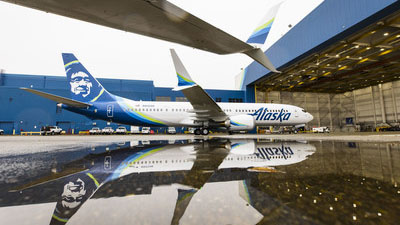

Previously Alaska said it could replace 717 with Boeing 737 MAX.
Their recent investor report stated the 717 fleet “could eventually be replaced by 737.”
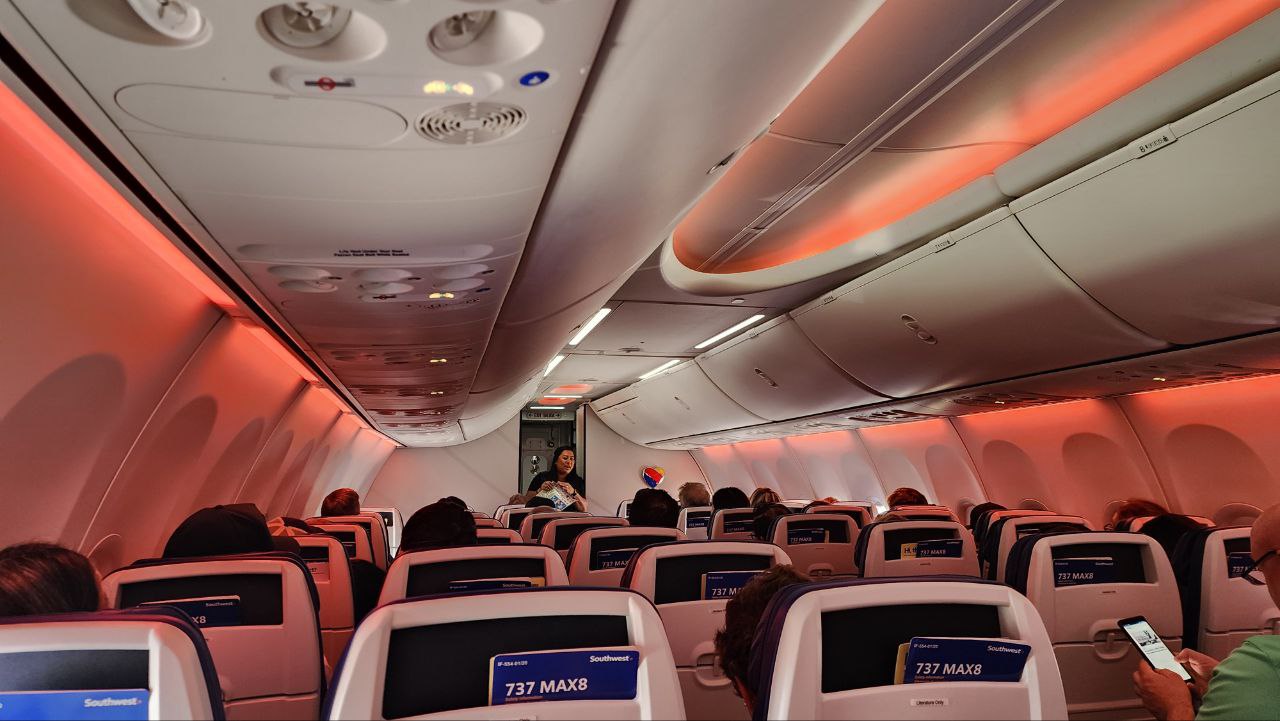

717 vs 737 MAX from a customer perspective.
Any further Boeing 717 fleet retention would benefit the airline rather than the customers. From the viewpoint of passengers, the 717 fleet is clearly showing age, with visible customer-side limitations and wear and tear. We flew on the planes again in the past two weeks, and noted that clearly. The planes are tight, with old and smaller luggage bins, and are very noisy, among other issues. As times have changed, we remember when these were brand new, and how we remarked about the quietness among other benefits, when compared with the prior generation of Hawaiian DC-9. But 25 years later, comparing them now to the new Boeing 737 MAX, these 717s are are very loud and also less comfortable. Even sitting directly at the engine on the 737 MAX, the cabin remains significantly quieter than sitting anywhere on the 717.


Alaska/Hawaiian is a staunch supporter and customer of the Boeing 737 MAX.
Alaska, like Southwest, is a huge advocate for 737 MAX. It plans to operate no fewer than 250 of these planes by the end of this decade. Not only that, but the company noted that “In 2023, a new 737 MAX will be delivered approximately every 10 days.”
So it seems clear to us that Alaska would choose to replace the 717 fleet as it previously indicated it could, with 737 MAX. Has that plan changed?
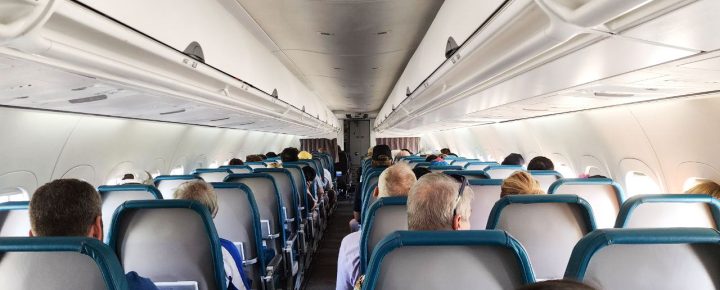

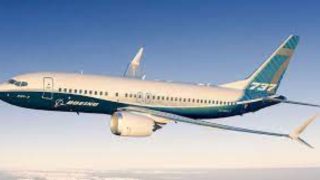
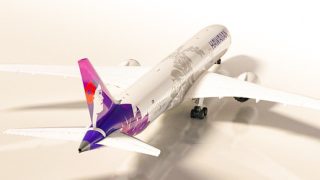
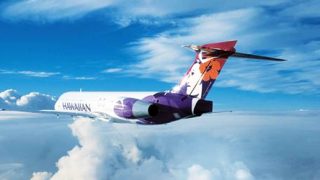
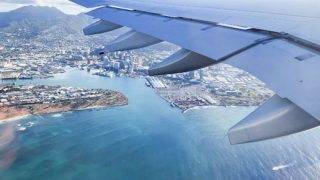
I just fly hawaiian. Old or new, it was in hawaii.
It does not matter, a 717, a 737, accidents still happen.
We all put our lives in the hands of the Pilot, because like a car, he is our driver.
But I always say a prayer for the Pilot, and ask God for angels to help him fly us to safety.
I think they should replace the 717 with the more efficient airbus 220
Although the general consensus is that after an Alaska merger the goal would be a 100% Boeing fleet, I wonder how the Airbus A-220 would work as a replacement for the 717? I have not been on one but size would certainly be good for the inter-island flights.
As a licensed commercial pilot there’s dead give away if a plane isn’t being serviced properly. I look at tires, landing gear struts, missing rivets, any exterior tape, how clean is exterior & interior of aircraft.
We just flew Hawaiian 717’s OGG to KOA and back all looked good including cockpit. As indicated in your article spoke to flight crew all seemed happy with 717.
As long as the superior servicing is kept up the 717 should still be reliable for the next 5 years. As per the comfort factor it was a 35 minute flight enough said.
I remember when the MD-80, and 90 were new. Great aircraft. An old friend was a captain for American on the MD-80 series and loved flying it. He said it was the most “airplane” airliner, meaning it flew exactly as he learned. As a passenger, I am not sure I could deal with 2 or 3 hour legs, however what is the longest inter-island leg? Hilo to Honolulu? I can endure the “bus” seats and lack of IFE for that long. I do agree that the 717 is getting a bit old and worn looking, as am I. I know some have talked about the Max 7, but would it have the range to be pressed into west coast service if necessary? The Max 8, yes.
The MAX 7 has an even higher range than the MAX 8.
Interesting points, good article. Airline pilots have no involvement in the parts acquisition and pricing process. The comments about safety are valid. The 717 is safe as the article noted, one of the safest planes flying. The Max has had issues (catastrophic issues) but safe now with the software fixes. The Max is more expensive to buy and operate than the 717. It is not optimum for short haul. SW prices are losing a lot of money, they charge $220+ for similar length flights mainland. The 717 is way cheaper to operate, and are owned by HA, no lease payments. Delta is adding wifi to its 717s next year (an expensive mod, they fly longer legs) and plans to keep them going, they will determine how long the 717 continues to operate.
The issue is not the age of the 717 (DC9-95) airframe. The issue is the inability of the CFM or LEAP family of jet engines to operate in the Hawaii inter island air transportation market. Unlike the BR217 on the current 717 fleet or the JT8D-200 before it on the DC9 and 737-200, the CFM and LEAP jet engines are unable to preform the hot start and quick turnaround of the high frequency flight operations required for Hawaii inter island market. The jet engine required for this mission is not currently available on a 737. They could be make available in the next two to three years.
The extension of service is likely due to having to wait for the 737-7 and not a pure economic decision. They’d be pretty far down the list if they order them, especially since it’s still not certified. My guess is the ugly A33’s are next with the new 787 starting to come online. Finally the A321neos. I have no doubt Alaska and Hawaiian will be all Boeing in the not too distant future.
I am not sure why B O H is trying to make a story out of this. Hawaiian has a spotless safety record! The 717 is a smaller plane, but for a 30 -to 50 minute inter island flight, its not a big deal.
Incurring additional debt to replace a perfectly good fleet makes no sense at all right out of the gate.
Not only that, the 717’s wider 2-3 abreast versus Boing’s slimmer 3-3 seating actually makes the 717 More comfortable over any 737 variant. With a lower service door, the 717 can be turned around in less than 25 minutes. Boarding and deplaning are also quicker on a 717. Only drawback is the overhead bin space.
How much interisland service would the Hawaiian people be willing to lose if the 717s get replaced? If the answer is none, it can’t be done with the current crop of modern jets as a one to one replacement. That is one of the reasons Southwest doesn’t have the same frequency service as Hawaiian. They run their service as a tag service, interisland followed by a trip to the mainland. The MAX engines require a longer period to cool down after a flight which would lead to a drop on the number of interisland flight that can be operated in one day unless you have extra jets. Maybe the five years will allow for the development of a suitable replacement.